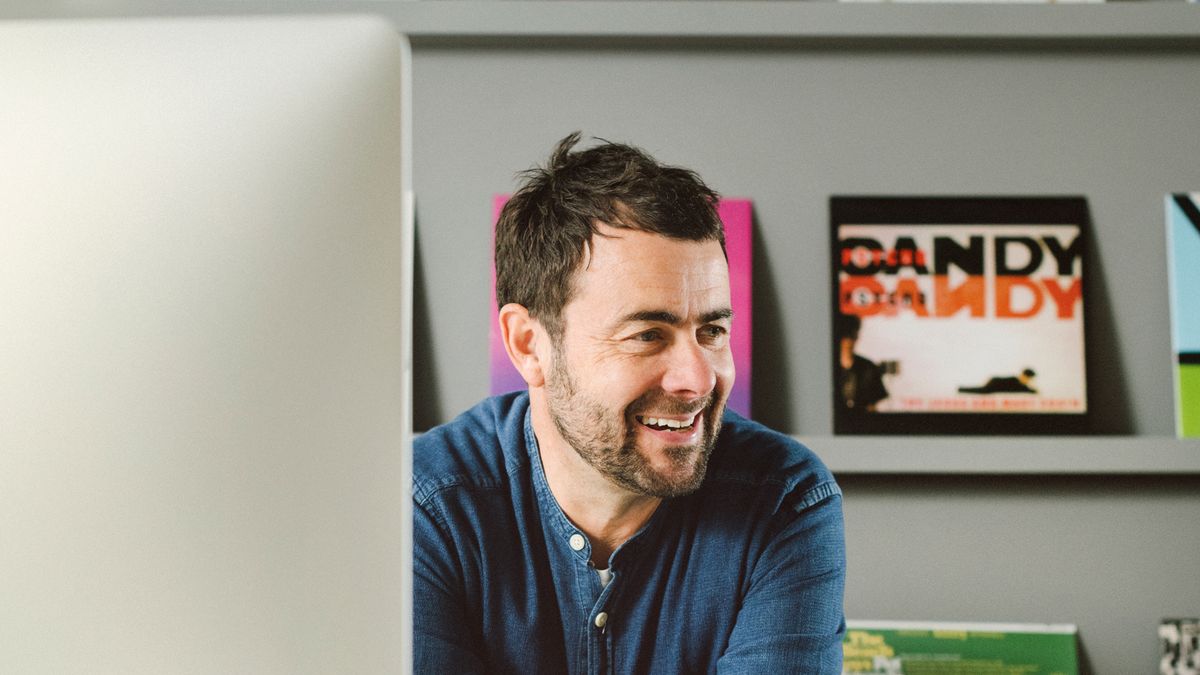David Palmer is the founder and executive creative director of LOVE, a culture-first creative agency based in Manchester, which spans brand design and strategy, comms, activation and experiential design.
In his two decades at LOVE, David has partnered with an enviable roll of global brands including Moët Hennessy, Penfolds, Heineken, Hendricks Gin, Lucky Charms, SK-II and Nike. His work certainly yields results, too – LOVE’s reimagining of the 400-ace Jim Bean distillery in Kentucky led to a 370% surge in attendance.
I caught up with David recently to chat about the importance of provocation in creative work, how he launched his own alcohol brand Urchin Spirits and why the seven stages of grief can help in your creative job. We also touched upon what he learned from his early career designing ‘To Let’ brochures in Salford (and Salford’s similarities to New York).
For more chats with creatives about their daily practices, see our Day in the Life series.
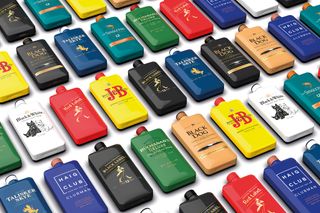
Tell me about a typical day in your role
I almost have two roles. As the agency’s founder, I spend a lot of time planning our future. What sort of work do we want to be doing? How do we sell ourselves? What sets us apart? How do we make sure we’re looking after our people?
As ECD, I spend a lot of time reviewing creative work and shaping pitch presentations, ensuring our signature sense of provocation comes through. Today as I write, I’m on a train to Edinburgh to talk through some print proofs for a luxury spirit’s new packaging.
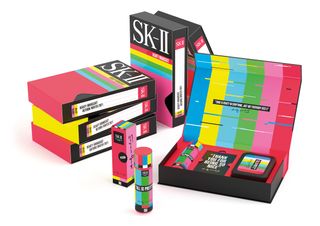
What was your early career like?
My early career was not the stuff of dreams. I didn’t leave university and walk into a leading design agency. My first design job was in a small studio in Salford that designed ’To Let’ brochures for industrial warehousing, brochures for laminating machines and annual reports for a chemical giant based in Hull. In my time there we were frequently robbed, the studio got set on fire and we had smack addicts fall through the studio ceiling. Salford is a lot different these days!
My art school training didn’t prepare me for the sharp end of the design business
My art school training didn’t prepare me for the sharp end of the design business. Trying to be conceptual with a ‘To Let’ brochure was as fruitless as it was misguided. So I had to relearn design from the ground up, trying hard to inject creativity into something that was inherently functional.
My starting salary was £6k and I left on £8k. I spent three years there. It took that long to build a portfolio of work convincing enough to get me out. On reflection, I value every minute spent there, it toughened me up and gave me a valuable perspective on the reality of agency life away from the limelight. A bit like New York, if you can make it in a small design studio in Salford, you can make it anywhere.

Why did you found LOVE and how is it different to other agencies?
Why was LOVE founded? In short, freedom, control and ambition. Freedom to make your own decisions, control over your own fate and an ambition to be better.
We had a burning desire to not be limited by our geographic location. The British design industry used to be so London-centric that it was hard to get any oxygen when you weren’t within the M25. LOVE was an effort to break the model and be a ‘London agency’ but in Manchester.
I think it’s our fixation with contemporary culture that sets us apart
When I say London in this sense, I mean matching the calibre of clients, the quality of the work, and the talent of the people. I’m extremely proud of where LOVE is today. Our clients are global, our people are world-class and the work speaks for itself.
I think it’s our fixation with contemporary culture that sets us apart. We’re always looking at how we can create real moments for brands. Ones that people will remember. I also think clients appreciate our straight-talking, hard-working and approachable way of working, a nod to our Northern spirit.
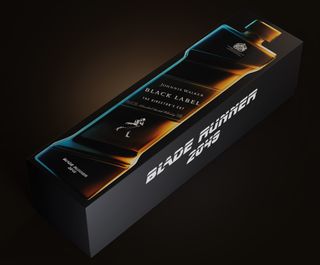
Which project are you the most proud of and why?
Perhaps the most difficult question here! Over the years LOVE has delivered design projects that would have been beyond my younger self’s wildest dreams. But I’m going to opt for our Johnnie Walker Blade Runner Limited Edition.
It’s not our most commercially successful, or our most influential, but I’m a super fan of the original film and I lobbied hard to get Johnnie Walker to do this. It was such a thrill to design a new futuristic bottle for the sequel, all under the radar, and have it hand-delivered to the set in Budapest. We then collaborated with Diageo’s Master Blender and Denis Villeneueve, the film’s iconic director to imagine what a whisky of the future might taste like.
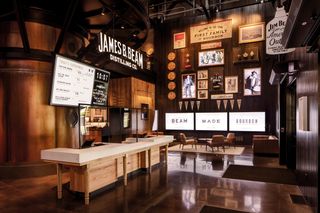
What was it like working with Jim Beam. How did you get the gig?
I’m going to answer this question in reverse. We got the Jim Beam gig through one of the most serendipitous moments in our history. We’d been working hard to get involved in the designing of Johnnie Walker’s seven-storey brand experience space in Edinburgh, only to be disappointed. That was on the Friday. On the Monday, a pitch opportunity arrived out of nowhere to reimagine Jim Beam’s original distillery in Kentucky. To put that into perspective, the Beam distillery spans 400 acres.
And win it we did, against a lot of impressive U.S. agencies. We definitely felt a bit of pressure coming in as outsiders but we love being the underdog. The serendipitous part of this is: if we’d won the Walker gig, we wouldn’t have been allowed to work on Jim Beam.
Working with the Beam team was a joy. They’re ambitious big thinkers. The distillery was already the most popular stop on the Kentucky Bourbon Trail but they wanted to make it a destination in its own right. To do that, you have to appeal to more than just bourbon lovers by offering food and culture too.
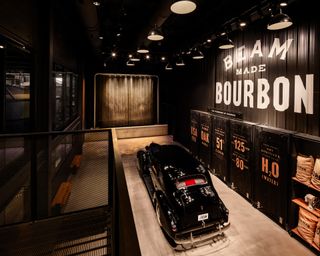
Tell me about a tricky work-related challenge and how you approached it
Perhaps the biggest challenge post-Covid has been what kind of returning to the office model to adopt. With everyone at different life stages you have a lot of competing needs – parents of young kids who want as much flexibility as they can get. Younger, more junior team members who need to be immersed in a busy studio to learn. There’s extroverts (who are keen to get back in the office) versus the introverts (who’d rather work entirely from home) or simply geography, with some people living far away and others round the corner from the office.
Creativity is fashioned so much more effectively in person
But the reality is that we’re a business that’s built off effective and continuous communication. So we’ve opted for three days in the office, mandatory. Being together in the office is important to me and our agency culture. Creativity is fashioned so much more effectively in person. It does mean that we miss out on talented people sometimes who only want to work from home, but that’s a sacrifice worth making.
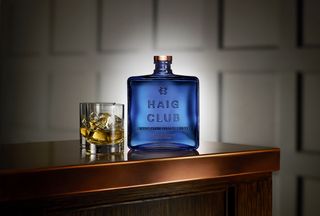
How do you approach a brief when you get it?
Every brief is different and requires its own approach. We operate across a number of design disciplines, so a packaging brief will be significantly different from a spatial brief or a brand strategy job.
If design work doesn’t provoke a response, then it’s in danger of being wallpaper
The overriding must is to approach every brief with creative ambition. We spend a lot of time gathering insight. This can come from anywhere – the brand’s roots, what’s happening in culture, what competitors are and aren’t doing. It forms the heart of our idea – the story we want to tell, which we’ll then push as far as we can creatively.
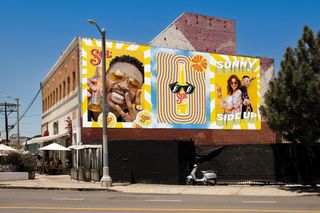
Why do you think provocation is important in design work?
If design work doesn’t provoke a response, then it’s in danger of being wallpaper. This is something we’re always very honest with our clients about. We’ll challenge them, not to be difficult, but to ensure that the work creates impact. It makes them really think about their organisation, their audience and what it is that they want to achieve. All done with a cheeky smile.

What does it mean to create a culture-first brand?
Popular culture has a fast metabolism – a never-ending ability to drive new aesthetics, destroy conventions and rewrite the rule book.
So much of our work has to hold its own here. It would be remiss of us not to be fascinated by and literate in what’s going on. Being ‘culture-first’ literally means you think cultural context first, before you fashion a creative response. You look at what is getting people excited, what they’re talking about. Beyond trends, it’s about giving your brand meaning in a wider context.
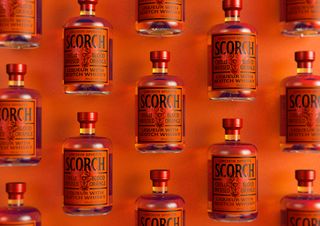
Tell us about your experience launching Urchin Spirits. What did you learn from it?
Over the years, we’ve come up with a lot of ideas that haven’t ever seen the light of day. Urchins we called them, wily ideas with no home. So we thought we’d give some a home by launching them ourselves. Now two years later, Scorch and Lucky Sod have reached shelves all around Europe and Australia. It’s been quite a ride.
When I say ‘ourselves’, I mean a consortium of industry experts enjoying a side-hustle. We have a great distributor, a spirit specialist and a world-leading marketer in on the wheeze.
What we’ve learned with Urchin Spirits is that it’s not easy. Suddenly you’re faced with the choice between a better but more expensive design that will swallow your margin or a not quite so good design that won’t. And design isn’t where that stops. There’s decisions to be made on everything. Alcoholic percentage (ABV) is another example – too high and you cross duty thresholds that eat at your profit, but too low and you lose quality.
It’s given us a new level of empathy for what our clients are experiencing which has fed into how we advise them.
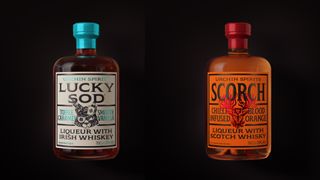
Why do you think the seven stages of grief can help in a creative job?
Our industry is one of continuous rejection. Ideas get killed on a daily basis. Designs get pulled apart. Pitches are lost. A lot of us creatives are emotional creatures, and when you put everything you can into your work, it can hurt when it’s shut down. Seeing it like this can help you understand your reactions.
For example, the first stage is often shock and disbelief (what do you mean they didn’t like my idea?). Then denial (are you sure it’s dead?) and guilt (maybe I should have added some more foil blocking to the visual).
It’s usually at this point that the anger comes (why can’t they see how good this is?), where it can feel like the world is falling down around you. This can lead to a period of flatness, discouragement and self-doubt – when the real grief sets in.
From this low point, creatives with healthy coping mechanisms will ultimately find themselves ready to take action towards recovery and learn to accept their loss or failure. Failure doesn’t have to be a bad thing, and sometimes its sting can propel you forward with more energy than you had in the beginning.
Knowing this cycle, and that you’ll come out the other end, is why we keep going sometimes. That’s how it can help.
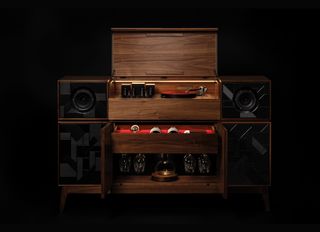
How inclusive is the design industry in 2024?
‘Inclusive’ is such a big word for a broad range of situations across equality, diversity, accessibility and flexibility. The design industry still has a long way to go. It’s a systemic problem, and change needs to happen from the root to be truly effective.
But it’s important to influence what you can. We’ve partnered with Manchester Metropolitan University, offering mentoring and internship schemes. These have a deliberate focus on getting more diverse people into the industry.
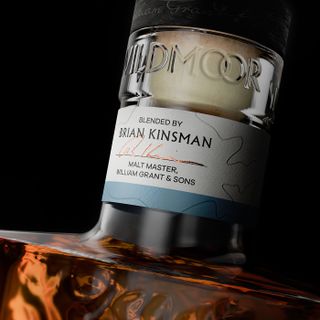
Who’s your dream client?
Anyone brave, with adventure in their heart and a deep appreciation for aesthetics. And a decent budget!
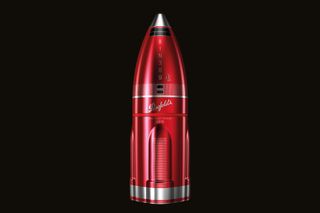
What career advice would you give your younger self?
Stick with it, it’s going to be a brilliant ride.
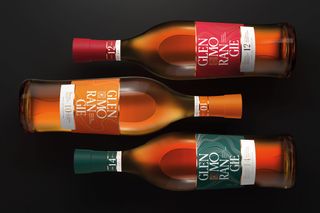
Find out more about LOVE.
